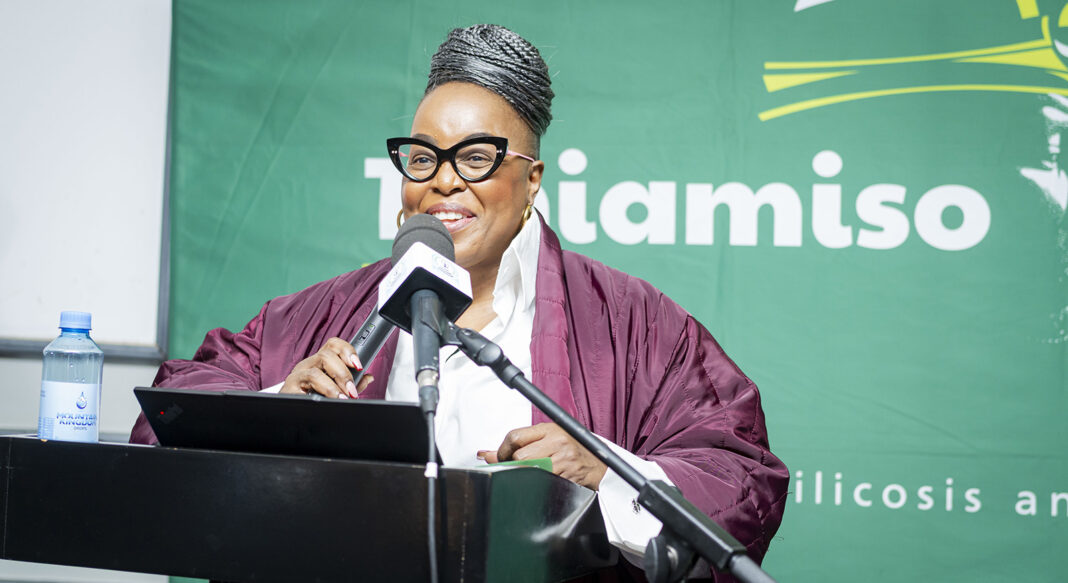Lesotho’s economy showed signs of modest recovery in May 2025, supported by stronger private consumption and a resilient manufacturing sector, particularly textile exports to South Africa. However, this momentum remains fragile and is vulnerable to a range of external shocks, the Central Bank of Lesotho (CBL) has warned.
This outlook was shared by CBL Governor, Dr Maluke Letete, during the 114th Monetary Policy Committee (MPC) meeting held this week in Maseru.
Dr Letete said while the economy gained some traction in the first half of the year, several downside risks threaten to stall or reverse the gains. These include weakening global demand, higher trade costs, the withdrawal of major donor-funded programmes such as Compact II, and persistent challenges in the mining sector.
On a positive note, inflation eased to 4.3 percent in June 2025, mainly due to lower international oil prices and a stronger loti against the US dollar.
Dr Letete noted that while inflation is expected to remain contained in the short term, Lesotho remains exposed to imported inflationary pressures, particularly from South Africa.
Turning to the fiscal position, he reported a government budget deficit of 4.4 percent of Gross Domestic Product (GDP) in May 2025.
Revenue, excluding Southern African Customs Union (SACU) receipts, remained stable. Meanwhile, government spending fell, primarily due to a reduction in grants to extra-budgetary institutions and lower capital investment, Dr Letete said.
He noted that public debt also recorded a marginal decline, falling to 54.8 percent of GDP.
The external sector, he added, registered an improvement, driven by rising textile exports and an increase in SACU receipts. As a result, Net International Reserves (NIR) rose by US$50.95 million to US$1.12 billion as of July 22, 2025.
The MPC reviewed current risks to economic growth and inflation, alongside regional monetary policy trends and the need to maintain credibility in Lesotho’s exchange rate peg with the South African rand.
To sustain this peg and support price stability, the Committee reaffirmed its commitment to holding adequate foreign reserves.
“Maintaining parity between the loti and the rand is central to anchoring inflation expectations and promoting macroeconomic stability,” Letete pointed out.
In light of South Africa’s recent policy rate cuts and contained domestic inflation, the MPC saw a narrow opportunity to ease Lesotho’s monetary stance without jeopardising external balance. As such, the committee resolved to lower the CBL policy rate by 25 basis points – from 7 percent to 6.75 percent per annum.
The NIR target floor was also raised from US$830 million to US$840 million, which the MPC deemed sufficient to safeguard the exchange rate peg.
Dr Letete stressed that the fixed exchange rate regime remains the cornerstone of Lesotho’s monetary and price stability framework. In the absence of an independent exchange rate, sound monetary policy and prudent reserve management are essential.
The CBL will continue to monitor both domestic and international developments closely — particularly trends in inflation, fiscal policy, SACU receipts, and South Africa’s monetary direction.
“The MPC stands ready to adjust the policy stance if risks to the exchange rate peg or domestic price stability intensify,” he concluded.








